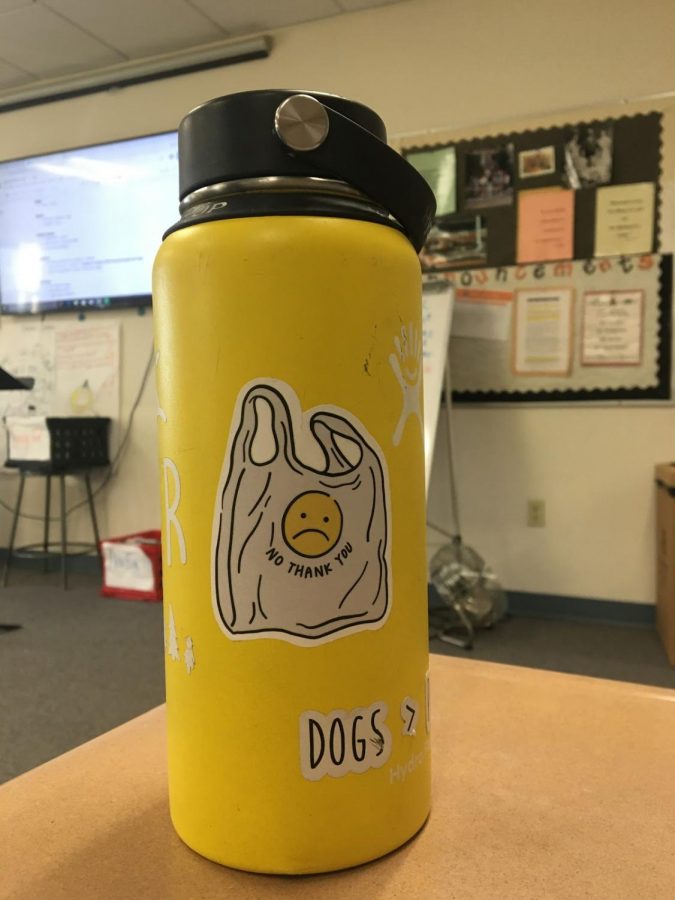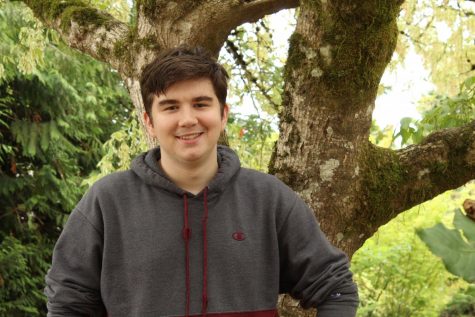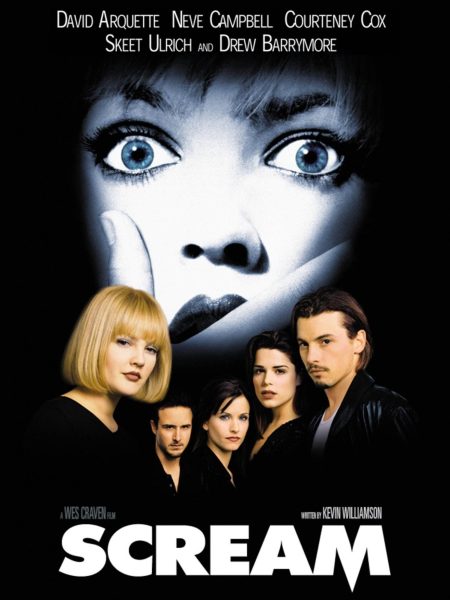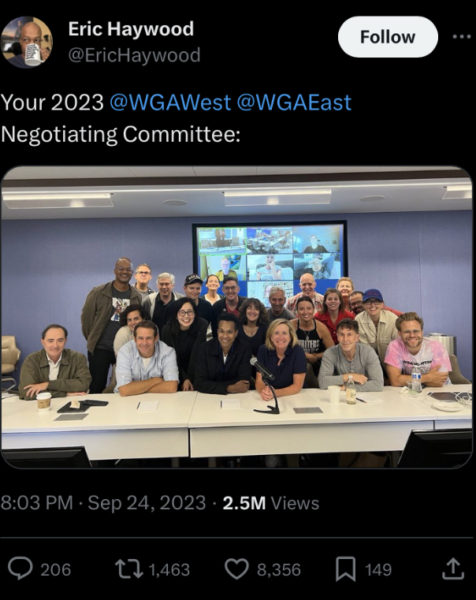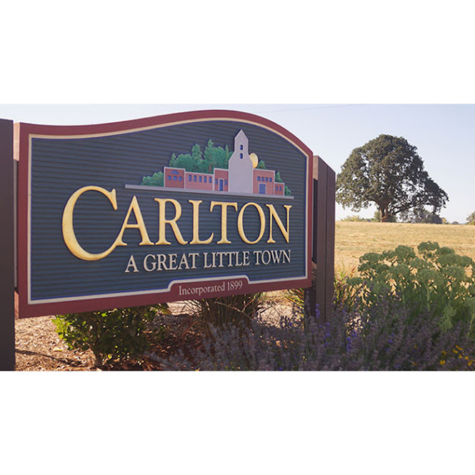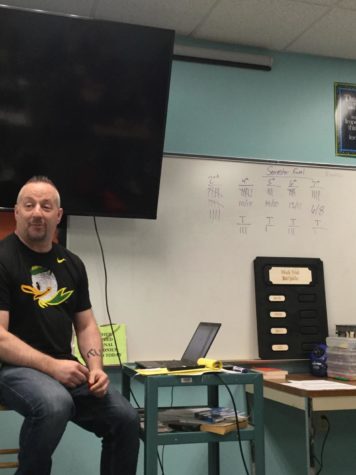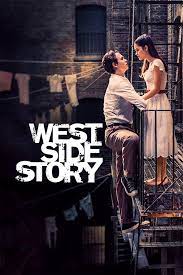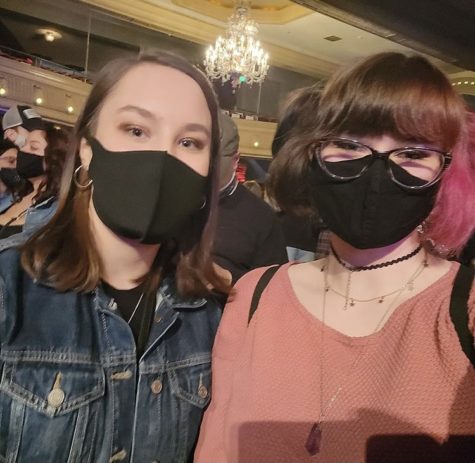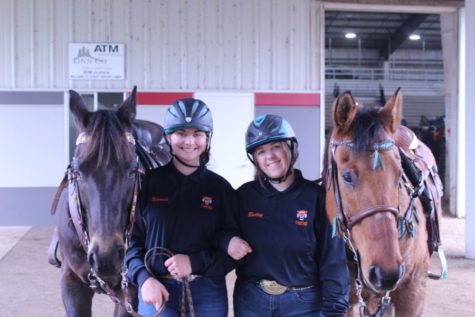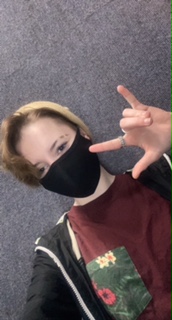The VSCO Girl Phenomenon
November 22, 2019
Society doesn’t particularly like teenage girls.
People seem to hate what they enjoy, how they talk, how they dress, and how we believe them to think. There’s been a war on girls for decades, stretching back in popular culture to at least the 1970s and the “Valley Girl” phenomenon. Most recent of these aspersions cast on the female youth is the much-maligned VSCO girl.
For some background, VSCO is a photo-editing app launched in 2011. The origin of connecting the trend with the app is largely unknown, but the central idea is that these girls are connected by the use of VSCO in some way. The truly interesting components are the tropes themselves.
The Guardian reported on this trend this November, noting “VSCO girls certainly have “a look”: laid-back, beach-ready, youthful. Parodies and “starter pack” memes tend to reference oversized T-shirts, pukka shell chokers, Hydro Flasks, scrunchies (usually several), “ugly” shoes, and Carmex lip balm. Brands such as Brandy Melville, Urban Outfitters and the backpack favorite Fjällräven also get a mention.” Other items such as metal straws and airpods are a common addition to this collection, as well as catchphrases like “and I oop”, “sksksksk”, and “save the turtles”.
The general idea of a VSCO girl is usually a white, middle class, carefree girl, someone who’s vapid, passively cares about surface-level environmental issues, and embodies a sort of “plain chic”. Really though, I believe the meme is a blanket mockery of today’s girls.
Now, it might not seem like the trend is making too harsh a condemnation, and definitely not an example of society hating all teenage girls when explained that way, but it’s all about context, and we need the history.
In the late ’70s and early ‘80s, the “Valley Girl” stereotype, a picture of the Californian teenager with a unique, grating drawl, an obsession with shopping, and likely an IQ south of fridge temp, captured the American imagination. Frank Zappa wrote a song about it. Nicholas Cage was in a movie called Valley Girl (a movie which was in the works to get remade before being shelved last year). It was big, and it was about mocking teenage girls all the way through the 80s and 90s.
But the big one wasn’t until a decade after the fall of the Valley Girl. The most recent demonization of the teenage girl came from the cultural juggernaut that is Twilight.
When the book was released in late 2005, and especially when the movie premiered in 2008, the Twilight craze exploded. Fans went insane for the series, and in the first quarter of 2009 the series comprised 16 percent of ALL book sales. But when the craze appeared, so did the backlash. An article, published in early 2009 in the Utne Reader had this to say.
“Male escapist fantasies—which, as anyone who has seen Die Hard or read those Tom Clancy novels can confirm, are not unilaterally sophisticated, complex, or forward-thinking—tend to be greeted with shrugs, not sneers. The Twilight backlash is vehement, and it is just as much about the fans as it is about the books. Specifically, it’s about the fact that those fans are young women.”
Essentially, this discussion about society having a distaste for teen girls, just like the pattern of mockery itself, is not old. And with the context of historic hatred, it’s clear to see how VSCO girls fit in.
To me, it seems that misogynistic beliefs such as this affect everyone negatively. From men who enjoyed Twilight, to women mocked for liking scrunchies and metal straws, this sort of wide-scale sexism can hurt men and women alike.
So next time you sarcastically hiss out “sksksksksk” to a girl wearing Birkenstocks, you should think about how, in some small way, you’re reinforcing sexist attitudes towards teen girls across America.

